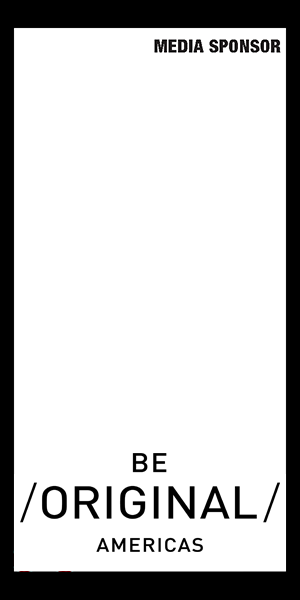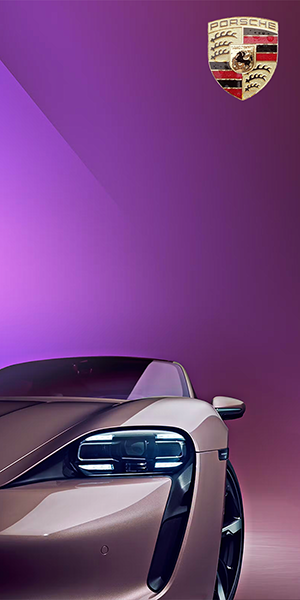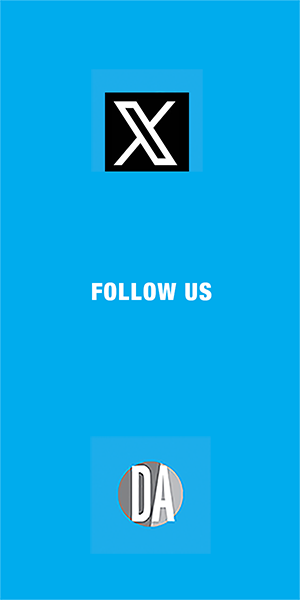 keeping it simple… your zen fix of the day.
keeping it simple… your zen fix of the day.
photo courtesy of zen habits
Every few minutes, more communications are being sent your way. Emails, text messages, voice mails, instant messages, twitter messages, facebook posts…and the list goes on.
Your human response? You simply try to stay afloat. You peck away at the latest communications at the top of your many inboxes. And since the flow of communication never ends, you slip into a life of what I have come to call “reactionary workflow.”
For those of us with great ideas and bold goals for the future, reactionary workflow is a big problem. If we spend our working hours reacting to the incoming barrage of communication, we will fail to be proactive with our energy. Our long-term aspirations suffer as a result.
For the past five years, i’ve been interviewing uber-productive leaders and teams – people at companies like Google, IDEO, and Disney, and individuals like author Chris Anderson and Zappos CEO Tony Hsieh. I’ve never asked them how they come up with ideas. I’m not interested. My fascination is how they make their ideas happen, time and time again. The outcome of this long project is MAKING IDEAS HAPPEN, being published this month.
Many of the people I met have developed ways to combat reactionary workflow. Here are a few tips on how they do it:
Create windows of non-stimulation.
Once you open the door to communications overload, you could spend all day reacting to what’s thrown at you. Piers Fawkes, founder and editor of the marketing consultancy PSFK, reserves a good chunk of his morning – from 7-10am every day – to do research and digest the day’s trends and news prior to going through his email. Proactively blocking out time for creating and absorbing – rather than just responding – is a key tactic of productive creatives.
Keep two lists.
When it comes to organizing the day’s tasks – and how your energy will be allocated – create two lists: one for urgent items and another for important ones. Long-term goals and priorities deserve a list of their own and should not compete against the urgent items that can easily consume your day. Once you have two lists, you can preserve distinctly different periods of time for focus on each.
Schedule intense periods of processing at a consistent time every day.
During the research for the book, I met a number of people that swore on the benefit of “power hours.” These individuals would try to compress all response-related work into pre-determined short periods of time every day, usually 1-2 hours of un-interrupted in-box clearing. The notion of compartmentalizing reactionary workflow was a theme across the most productive leaders I met.
Don’t hoard urgent items.
Even when you delegate operational responsibilities to someone else, you may still find yourself hoarding urgent items as they arise. When you care so deeply about a project, you likely prefer to resolve things yourself. Say an e-mail arrives from a client with a routine problem. Even though the responsibility may lie with someone else on your team, you might think, “Oh, this is really a quick fix; I’ll just take care of it.” And gradually your energy will start to shift away from long-term pursuits. Hoarding urgent items is one of the most damaging tendencies I’ve noticed in creative professionals that have encountered early success. When you are in the position to do so, challenge yourself to delegate urgent items to others.
Don’t dwell.
When urgent matters arise, they tend to evoke anxiety. We dwell on the potential negative outcomes of all the challenges before us—even after action is taken. Worrying wastes time and distracts us from returning to the important stuff. When it comes to addressing urgent items, break them down into Action Steps and challenge yourself to reallocate your energy as soon as the Action Steps are completed. It is also helpful to consider whether or not certain concerns are within or beyond your influence. Often your worries are for the unknown and there is nothing more you can do to influence the outcome. Once you have taken action to resolve a problem, recognize that the outcome is no longer under your influence.
How do you avoid a life of reactionary workflow? You need discipline and a dose of confidence. Recognize your tendency to surf the stream of incomings, and gain confidence in the potential of being proactive. It is easy to sit there and react all day. You’ll never run out of work to do. But your bold ideas will suffer unless you take your energy by the reigns.
Editor’s note: This is a guest post from Scott Belsky of Behance and The 99%. Scott Belsky studies exceptionally productive people and teams in the creative world. He is the founder/CEO of Behance and is the author of Making Ideas Happen: Overcoming The Obstacles Between Vision & Reality (Portfolio, April 2010).
[ via zen habits ]
More:
keep it minimal…simple.
the ultimate minimalist. ghandi.
how to simplify your life with four rules.







